Namsan Tower and Cityscapes/Velodyne Vpulse In-Ear Headphone Review/Camera Categories

Quick Click Links
Feature Photograph Namsan Tower and Cityscapes Velodyne Vpulse In-Ear Headphones, Review Camera Categories
Photography News of Interest
Readers Submissions Readers Questions A Snapshot of Bangkok Images Month in Review
Infocus Blog, Thailand Photo Stories by Dana
Feature Photograph *menu

Default corrections selected automatically in Portrait Professonal for the “after” side of the image.
I can’t help but feel the big question is “should we?” Should we correct Mother Nature? We know individuals choose plastic surgery on a regular basis to correct facial and body features. We also know corrective surgery
to repair facial and body/skin damage is considered medically necessary and is in fact routine. But these permanent corrections in our appearance are much different than the temporary correction of a photograph.
What drives a person to request such changes? In my experience with clients, vanity plays a big part, and nostalgia as well. Clients often want their current partners to see what they looked like 10 or even 20 years previously. Fair enough. But should
it be done as a routine retouching treatment on portraits or to make someone look better in a magazine, newspaper, or website? I think not.
Moreover, some clients will take deep offence if you offer to correct their “defects” without their asking. It’s a potential minefield of risk, but handled correctly many clients will be appreciative if given the
choice. I’ll often bring up the retouching, or correction of features, as part of a list of services so the client doesn’t assume I’m referring to them directly. If they ask questions I’ll elaborate, if not I won’t
mention it again.
In years past such corrections took a great deal of skill with Photoshop, with this being an area where you combine artistic with technical skills to properly pull of facial corrections. I started by spending hundreds of hours just on eyes alone, then
reshaping of the facial structure, noses, and as I improved I added more capabilities to my bag of tricks. Years of experience were needed to pull off successful corrections, and even then I was never the master a select few become.
Today we have software which allows virtually anyone with a computer to make such changes. I’m currently reviewing one such software package from Anthropics called Portrait Professional Studio 10. Version 11 Master Edition will be out soon. I wanted to show what’s possible using this software in this article and briefly discuss the ‘should we’ question. A more in-depth review will follow with the release of
version 11.
Finding a demonstration subject was difficult. I’m very careful when choosing models and as a photographer I understand what facial features make someone attractive, so most every “model” image I had didn’t
require correction. You’ve seen the image below in my tutorial “Lightroom, Processing a Glamor Portrait.”

Notice her symmetry is perfect, both sides of the facial crown are identical, eyes are the same size, well shaped, and properly proportioned, the noise bridged and straight, and the lips full and equal on both sides with a smooth soft appearing skin.
These are the hallmarks of an attractive face which applies to both male and female models. Most all of my models have these features, after a while you almost subconsciously make such selections. So with some searching I found the model below.

This young lady appears attractive at first glance, but it’s mostly due to youth and accessories. Study her face and you’ll see her face is much larger on the left side, with the left nostril being significantly smaller than the right nostril.
Similarly her mouth is misshaped. These ‘defects’ extend throughout her body with such asymmetrical features as breasts, arms, legs, and even shoe sizes. I hesitate to use the word “defect”,
but for lack of a better word we’ll use it here.
Anthropics Portrait Professional Studio 10 allows you to make subtle or even exaggerated corrections to the shape of the face, eyes, cheekbones, eye color, nose, neck, and more. It’s very powerful and I suppose easy to get carried away with.

My corrections selected in Portrait Professonal for the “after” side of the image.
The image leading this article shows the before and after portraits with the default corrections selected by Portrait Professional Studio 10. The image immediately above reflects the same ‘before’, but the ‘after’ reflects my corrections. I made the neck a bit longer, made the two sides of the facial crown more symmetrical (but not perfect), shaped the mouth to a more natural state, and enlarged the eyes a bit while adding a blue iris color just
to show you it can be done with this software. The skin was also smoothed.
These are all subtle changes, but the aggregate effect is profound. I could have completely corrected the facial defects, but to my eye she would have looked like a different woman. In my opinion it’s far better to make subtle changes even the
model would have trouble identifying, though they’d immediately see the overall effect.
Is there a place for such software in modern portraiture? I think there is. What took 30-45 minutes for an experienced operator to accomplish in Photoshop took 3-4 minutes using Anthropics Portrait Professional Studio 10. I’ve shared several “improved” portraits with the models and if done in moderation they were all for it and expressed outright delight with the changes. Yet, the more you explained what you did, the more you call attention to their defects, the less thrilled they become. And
again, if you show them a version which totally corrects the defects they won’t like it either.
What Anthropics Portrait Professional Studio 10 does, is puts the option for such corrections within reach of almost anyone without the steep learning curve of Photoshop.
This is good on one front, but I have reservations, without the ancillary experiences gained through the steep learning curve is the photographer adequately prepared to wield such power? I’ll let you answer that question..
Namsan Tower and Cityscapes *menu

Canon EOS Rebel T2i 550D, EF 16-35 F/2.8L USM @ f/2.8 1/50th sec 16mm (25.6mm equivalent) ISO 100
(Handheld)
Poised as if ready to launch into space it stood high over the city as the setting sun cast an orange glow across the sky. All around its small mountain home lights flickered on guiding the city into the night. A symbol of success in a country of symbolism this landmark attracts visitors throughout the year. Living at the base of its mountainous perch it goes unnoticed some days as its presence has blended into the landscape. Other days it pops into view from around a bend, over a rise or in the periphery always reminding me of its presence.

Canon EOS Rebel T2i 550D, EFS 18-55 F/3.5-5.6 IS USM @ f/4.5 1/60th sec 23mm (36.8mm equivalent) ISO 100
(Handheld)
Built in 1969 on Namsan Mountain, at a cost of approximately $2.5 million, this communication and observation tower has become a symbol of Seoul. The tower itself is 236.7m (777ft) tall and sits at an elevation of 479.7m (1,574ft) above sea level. Open to the public in 1980 it presents visitors with views of one of the largest populated cities in the world. At its base are several shops, concessions and ticket counters where rides to the top can be purchased. Restaurants and gift shops are located throughout its top four levels, one of which offers a rotating view of the city. All observation decks are enclosed and offer impressive views. Unfortunately the one time I made the trip to the towers top the weather and dirty windows hindered photography of the city. The above shot was taken from the main observation deck where visitors looked through the haze attempting to capture the landscape.

Canon EOS Rebel T2i 550D, EFS 18-55 F/3.5-5.6 IS USM @ f/9.0 1/200th sec 41mm (65.6mm equivalent) ISO 100
(Handheld)
The towers base can be reached on foot or by vehicle using a single toll road or the complex network of foot trails that circles the mountain. The above image shows the more interesting and scenic option of a cable car on the northern slope accessible by vehicle or a steep half-kilometer uphill hike from the Myeongdong subway station. Tickets cost 5,000-8,000 won ($5-$8 US) depending on age.

Canon EOS Rebel T2i 550D, EF 16-35 F/2.8L USM @ f/8.0 1.3th sec 35mm (56mm equivalent) ISO 100
(Camera resting on railing)
Dwarfed to the point of blending into their concrete surroundings massive structures that scrape the skies when viewed from below join the river, mountains and parks in impressive scenes. With picturesque skylines stretching out in every direction the railings around the towers base are lined with amateur photographers year round.
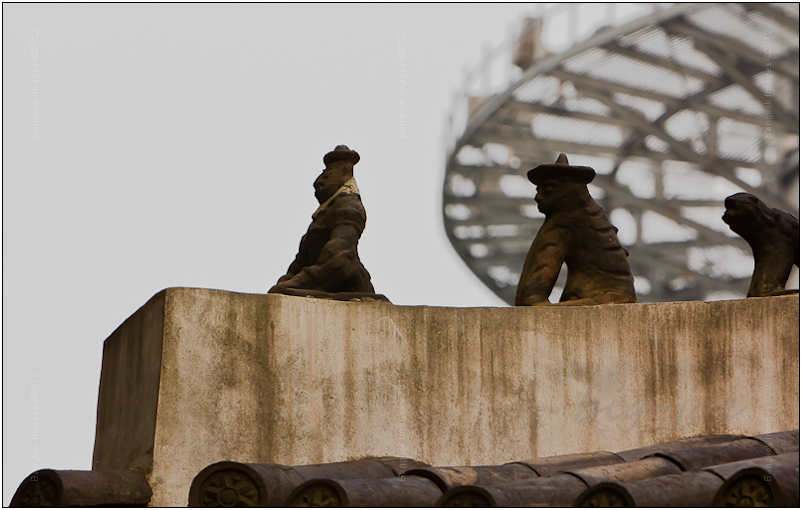
Canon EOS Rebel T2i 550D, EF 70-200 F/2.8L USM @ f/7.1 1/60th sec 200mm (320mm equivalent) ISO 100
(Handheld)
Seated along their concrete ridgeline, impervious to the winds, temperatures and precipitation of the vastly differing seasons they stare with eyes of stone on all who visited the mountains main attraction. These figures along with reconstructed fortifications and adjoining radio towers proved to be interesting subjects on several of my visits.
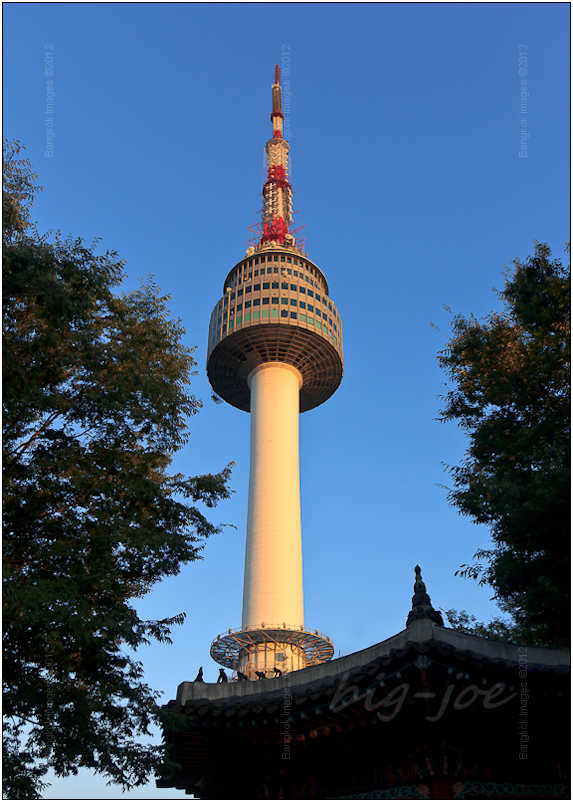
Canon EOS Rebel T2i 550D, EF 16-35 F/2.8L USM @ f/2.8 1/320th sec 16mm (25.6mm equivalent) ISO 100
(Handheld)
How many shutters have snapped open for a brief instant capturing its reflected light before closing to blackness while processors transferred data into digital vaults? How many of those images resemble the above image regardless of where around the towers base the photographer stood? Does its circular design limit the possibilities of different perspectives? Does adding a tree, building, person or other objects make more interesting compositions?
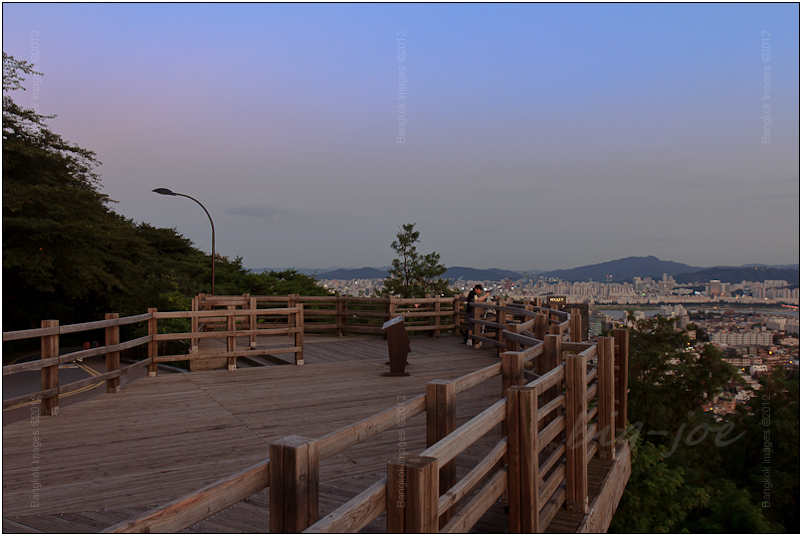
Canon EOS Rebel T2i 550D, EF 16-35 F/2.8L USM @ f/4.5 1/8th sec 16mm (25.6 mm equivalent) ISO 100
(Camera resting on railing using remote)
What if we find a new location to shoot from? For the record, I didn’t discover this platform in a grand Christopher Columbus fashion as photographers have been using its vantage long before I set foot on it. This alternate observation deck is located along the mountains access road one kilometer to the southeast where views of the city as well as the tower are excellent.
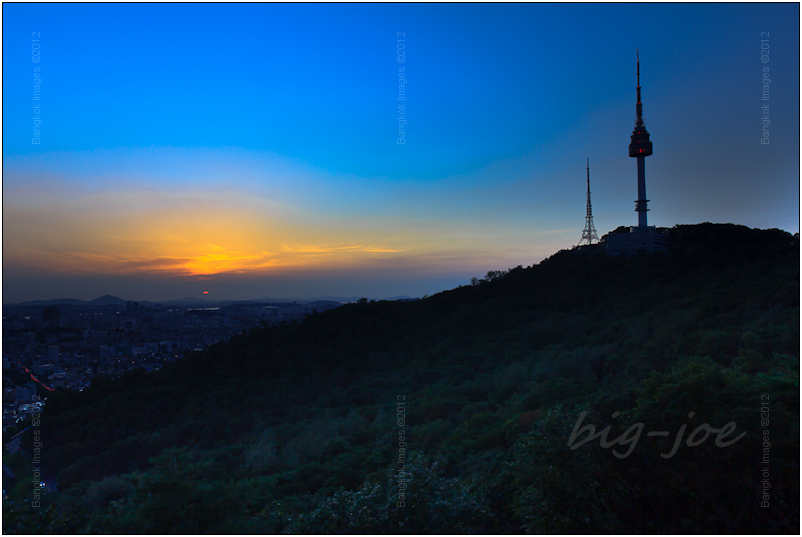
Canon EOS Rebel T2i 550D, EF 16-35 F/2.8L USM @ f/4.5 1/25th sec 16mm (25.6mm equivalent) ISO 100
(Camera resting on railing using remote)
From here the concrete, metal and glass of the city illuminated by iridescent, fluorescent and neon lights collide abruptly with a frontage of dense green foliage that rolls off the mountain. Rising from the peak like royalty on a chessboard the towers dominate the skyline. During post processing this image became one of my favorites as I felt it took on the impression of a moonlit foreground with the setting sun on the horizon. I discovered by using the graduated filter tool in Adobe “Lightroom” the exposure and brightness in the lower portion of the frame could be increased to create this effect.
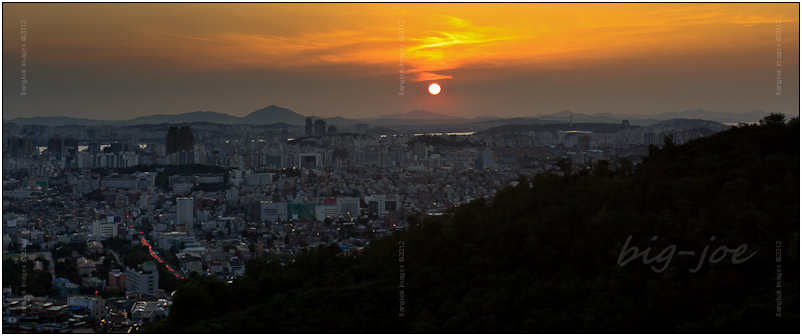
Canon EOS Rebel T2i 550D, EF 16-35 F/2.8L USM @ f/4.5 1/200th sec 34mm (54.4mm equivalent) ISO 100
(Camera resting on railing using remote)
This same vantage offers many possibilities for compositions with or without the tower in the shot. Year round the setting sun lights up the sky over the mountain framed city with brilliant colors.
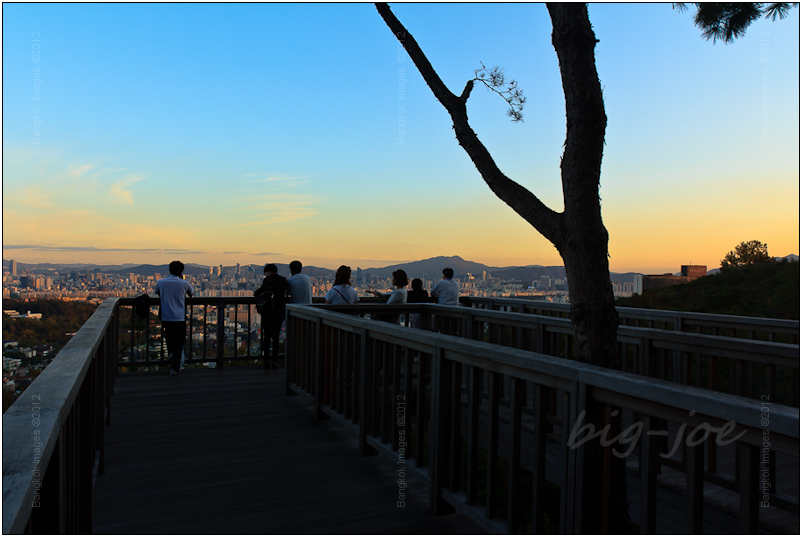
Canon EOS Rebel T2i 550D, EF 16-35 F/2.8L USM @ f/8.0 1/40th sec 16mm (25.5 mm equivalent) ISO 100
(Handheld)
Farther down the access road a second observation deck can be found. Built around the trees on the hillside it is closer but still far enough away to mute the clamor of the congested streets below.
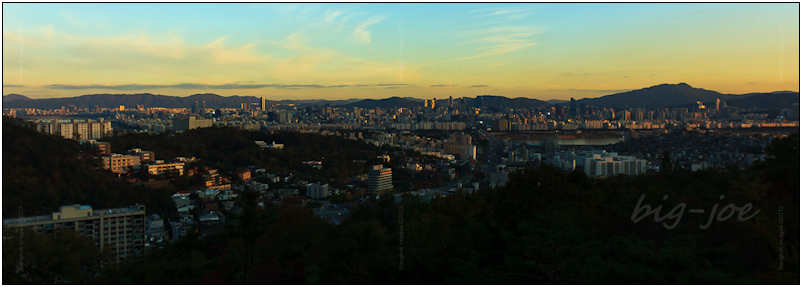
Canon EOS Rebel T2i 550D, EF 16-35 F/2.8L USM @ f/5.6 1/200th sec 16mm (25.6mm equivalent) ISO 100
(Handheld)
This vantage offers a more personable feel for the city as it extends out to its mountainous backdrop. Masked by a ridgeline the tower can’t be seen or included in cityscapes from here. Not to worry though there are many locations on the mountain that makes up for this.
On one of my outings to the top…
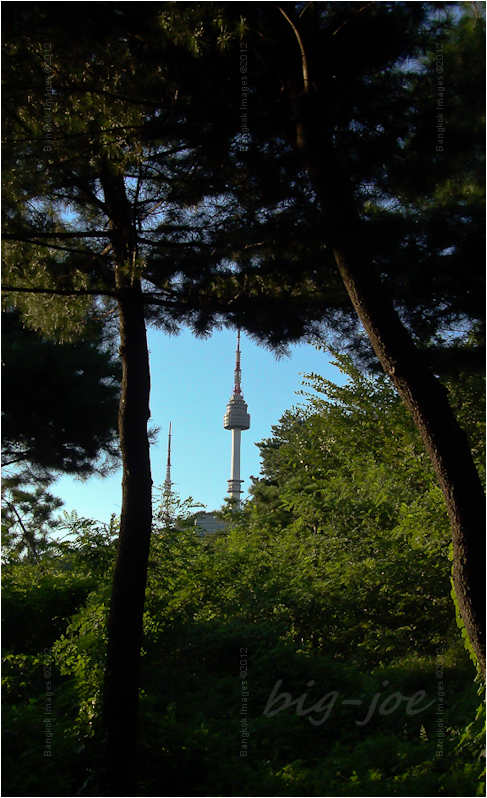
Sony DSC-W300 Cyber-shot; f/8.0 1/320th sec 7.6mm ISO 400
(Handheld)
With head down and arms swinging to the rhythm of each step the steep trail passed by while my thoughts drifted from one thing to another. Forcing myself I slowed and made a three-sixty degree turn taking in the landscape. Years of forced marches have instilled a “put your head down and go” mentality that doesn’t work well for seeing photographic opportunities along the way. Alternatively, moving at the slower speed of say a combat patrol would mean taking an extraordinarily long time to get to the top. Combining these techniques I continued on, head down where the terrain masked views and slowing where it opened up. On the next rise I glanced to the left and there it was peering down through the trees like a sentinel constantly on duty. Still wanting to make it to the top before sunset I hurriedly pulled out my point and shoot for a quick snapshot.
Weeks later…
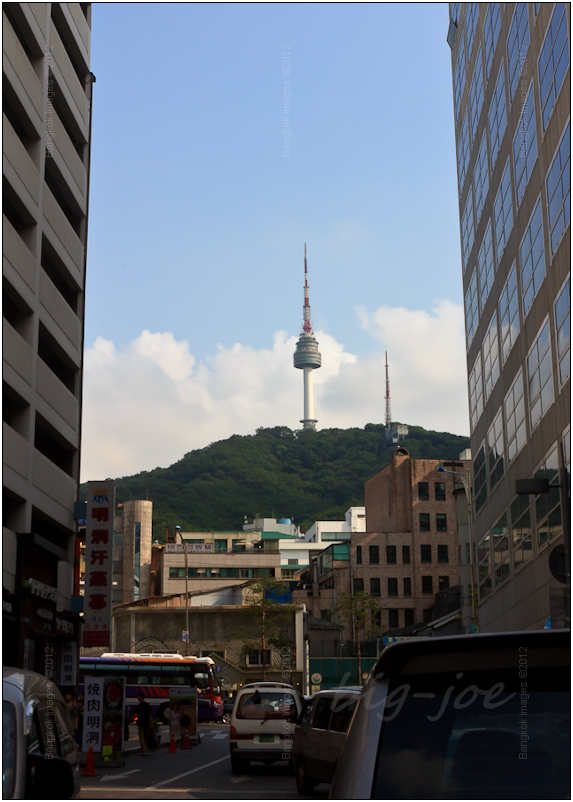
Canon EOS Rebel T2i 550D, EF 16-35 F/2.8L USM @ f/22 1/100th sec 32mm (51.2 mm equivalent) ISO 200
(Handheld)
After a few hours in the overcrowded market I was happy to be leaving the busy streets of Myeongdong behind. As I turned the corner heading for the subway I looked up and to my front framed by the tall buildings on my flanks it mockingly sat shining down at me as if saying, “Cheese!”
On my way home from work…
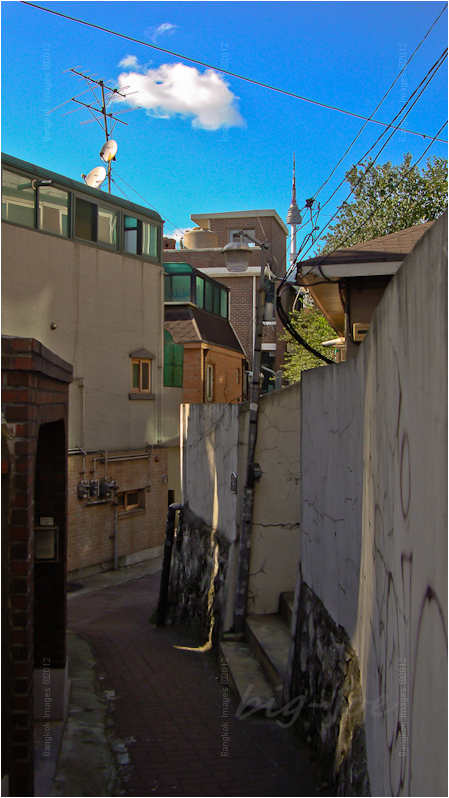
Sony DSC-W300 Cyber-shot; f/5.6 1/60th sec 7.6mm ISO 80
(Handheld)
Turning the corner I stopped to shoot a few images of the narrow walkway. Seoul city streets vary greatly in size and I like to capture the more interesting ones. I didn’t notice the tower until closer examination during post processing. It had snuck up on me again.
In the park this fall…
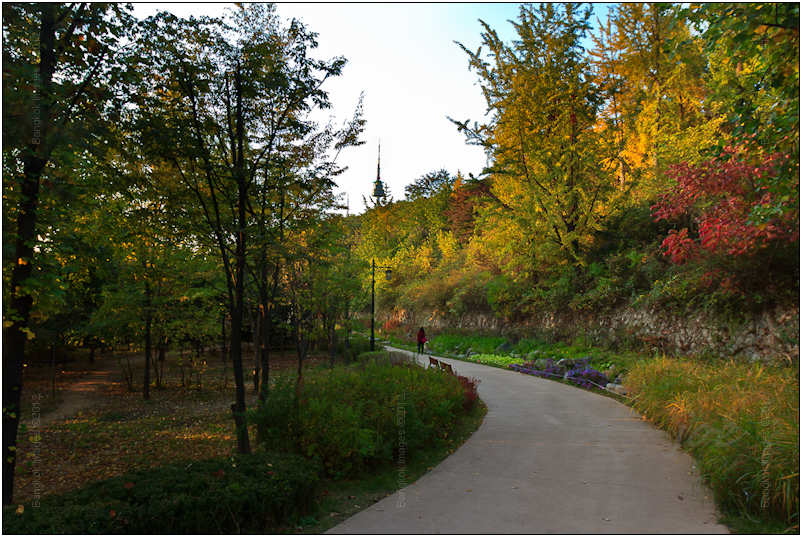
Canon EOS Rebel T2i 550D, EF 16-35 F/2.8L USM @ f/6.3 1/30th sec 16mm (25.6 mm equivalent) ISO 100
(Handheld)
With the turning leaves I was out after work making my way around the mountain taking in the colors. Shooting images along the way with my focus on the trees I didn’t notice the tower at first but was happy to find it in the image later on. Anyone with a little knowledge of Seoul would be able to identify the location of these images based on the tower.
Back at home…
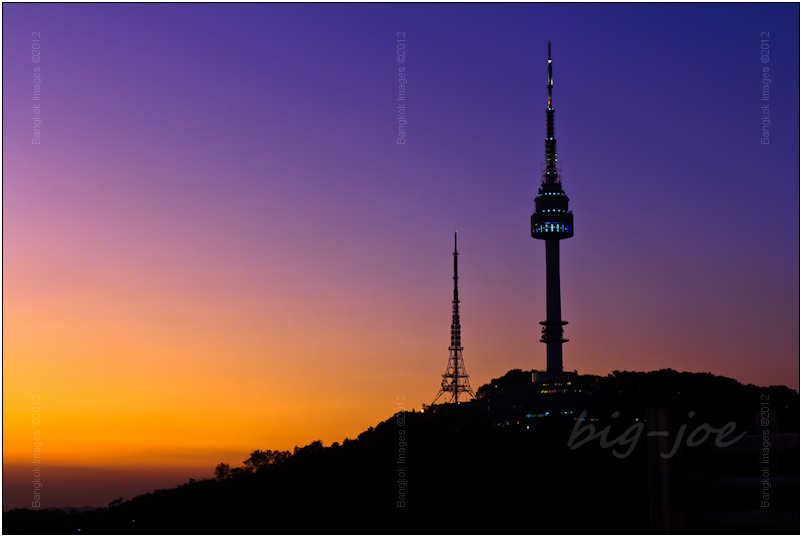
Canon EOS Rebel T2i 550D, EF 16-35 F/2.8L USM @ f/8.0 0.3 sec 35mm (56mm equivalent) ISO 100
(Camera resting on railing using remote)
While daylight faded into the blue skies of twilights the tower lit up from within and soon would be bathed in green, blue or purple light. As either the focal point or an unintentional inclusion I feel the tower brings its own perspective into a composition. While not as aged or prestigious as the Eiffel Tower, Statue of Liberty or landmarks found in other cities the Seoul Towers geographical prominence sets it as the signature site of Seoul.
Velodyne Vpulse In-Ear Headphones, Review *menu
Introduction
A few weeks back I reviewed the Klipsch Image S4 In Ear Headphones. A few years on the market they continue to grow in popularity when the normal product lifespan for this type of product is much less. These Klipsch headphones rekindled my interest in audio after a long period of inactivity. For the review I compared them side by side with my Shure EC3 Earphones which are now about eight years old. The EC3’s have become a standard and while they’re no longer made, several places are still selling them for as much as double their retail price. Out of curiosity I picked up the phone and called a couple of these places and learned they still sell a fair number. The Shure EC3’s are as neutral as quality earphones can be and are often employed by sound engineers because they don’t color the music in any way.
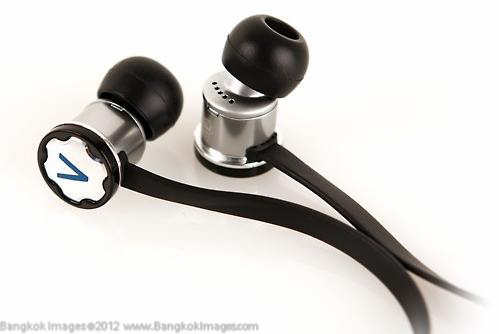
Interest peaked I visited a couple local high-end audio houses armed with a SACD (Super Audio CD) and spent hours listening and comparing headphones. I listened to everything from Dr. Dre’s “Beats” to the new models from Shure, Klipsch, and more others than I can remember. Nothing really stood out, my Shure EC3’s remained my reference set of earphones and frankly I didn’t experience anything new which was both a higher quality listen, and neutral. Disappointed I planned to visit some other high end shops next time I was in Chicago. Later that day I read something on the web about a company I was well familiar with. Velodyne Acoustics.
Velodyne Acoustics has been making extremely tight and accurate subwoofers for going on 25 years. All this company has done for 25 years is make subwoofers and supporting subwoofer amps. But now I was reading they made a single pair of In-Ear Headphones! Face it, listen to a set of Beats or other self-described bass orientated headphones and what you get is bass.. but to me it feels dirty and loose. Bass should be tight and clean, in sync. Could Velodyne have pulled off what no other headphone maker has yet done? I immediately called them and ordered a pair. They’ve just recently came on the market and I learned I was lucky they had an available pair to push to me. I’m told by the time you read this they should be in stock everywhere.
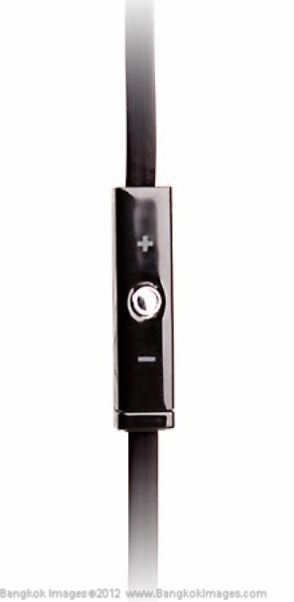
Headphones or speakers are the final interface to your ears, so this would be the place to spend a bit extra if the reward is a much greater listening experience.
Velodyne vPulse In-Ear Headphones
A few days later my new headphones arrived in a nice white box with a pull out tray holding the instruction manual, a small zippered case with the headphones inside, and a selection of extra buds to size to your ear. Looking at their website I’d noticed they come in some type of electric blue and basic black. I ordered mine in black.
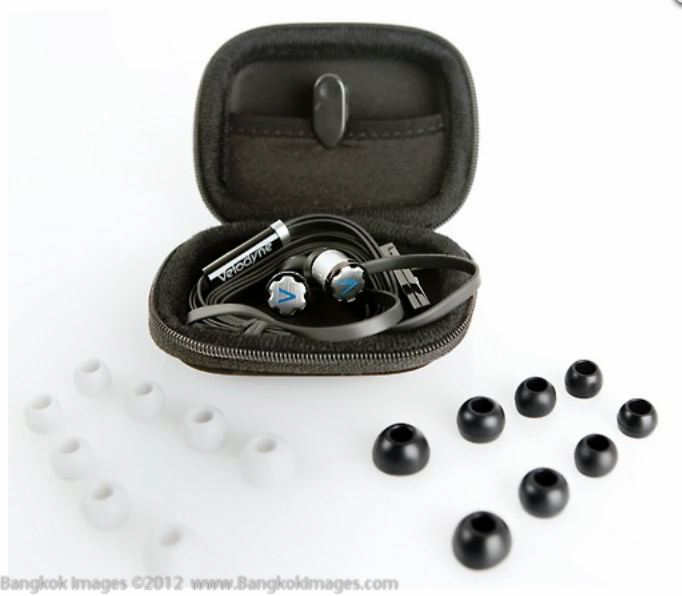
The case is of good quality and what you’d expect, but what really jumps out at you is the flat cabling. My Shure EC3’s had a heavy round cable, and the Klipsch Image S4’s as I mentioned in my review a very thin cable. These were flat and feel very strong. They’re small and lightweight, not heavy and obtrusive like so many others. The silicone ear buds come on/off easily and with four different sizes, five if you count the one that came mounted, you have five different sizes which should fit most any ear.
12-14 inches down from the right earphone is a small volume switch. Toggle it up to raise the volume, toggle it down to lower the volume. Pushing it in difference sequences will move your ipod/itouch/iphone to the next album or song. The switch feels very solid and is easy to use.
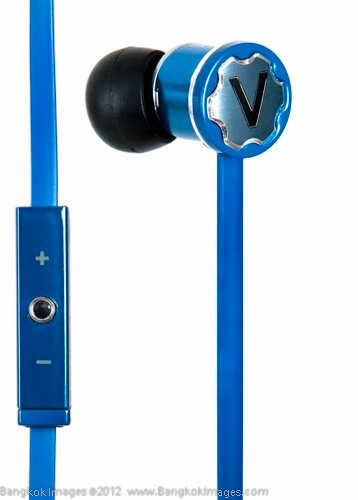
Performance
This is where the tone of this review changes. Actually my world changed. I was listening to my favorite tracks and hearing ALL of the music to the same extent I could hear all the music on my very high end home speakers. From the highest frequencies to the lowest, you hear them all.
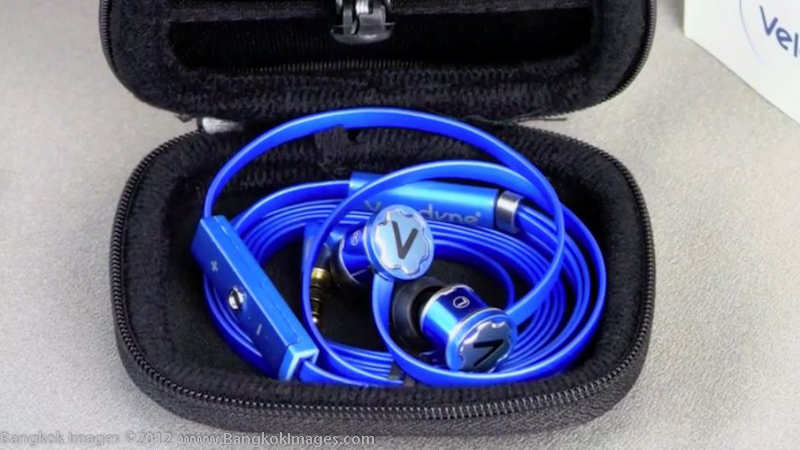
It’s very difficult to quantify a listening experience on paper but I’ll try. If you understand that dynamic range is the measure of the highest to lowest of whatever you’re measuring comprehension is easier. With cameras dynamic range defines the darkest area of the frame to the brightest area of the frame. The higher the dynamic range the more tones and variations of light and the more realistic the image. With headphones it’s all about the music, the Velodyne vPulse In-Ear Headphones have a significantly greater dynamic range than any other I’ve heard.
Many headphones such as my Shure EC3’s have no trouble with the higher frequencies, but virtually every other headphone I’ve listened to has struggled or plain been unable to reproduce the type of lower frequencies you’d normally
‘feel’ from a dedicated subwoofer. Frankly I never thought any would, headphones are tiny and subwoofers are huge, and it’s all about reproducing very long sound waves when you’re
discussing bass. I was floored, all out shocked, stunned was more like it.. when now, through the Velodyne vPulse In-Ear Headphones I was not only hearing the high and mid-range frequencies with great accuracy, but I was also ‘feeling’ the bass. The lows were rocking my ears in a way headphones shouldn’t physically be able to do, and I’m told this stupid grin appeared on my face and I lost track of time.
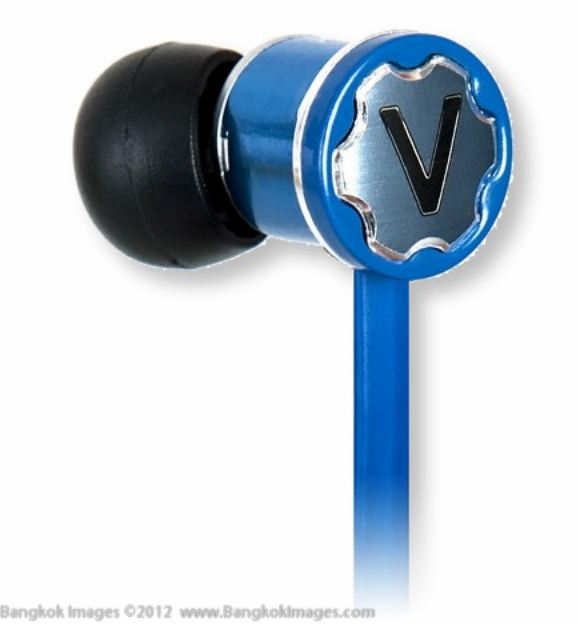
Performance.. like I said it’s hard to quantify. But I’ll tell you this. If you’ve been lacking realistic, tight, and accurate base in your headphones then you really should check out the Velodyne vPulse In-Ear Headphones. Nothing will prepare you for the experience, certainly not more words from me, so I’ll stop here.
The sound isolation properties are very good as well. Fit the right size buds and make sure you have a tight seal, and the outside world ceases to exist. Some would say that’s worth their weight in gold alone.
The volume switch as I mentioned works very well, the case is of a high quality and will get stuffed in the drawer along with all the other such cases I’ll never use, and so will the extra ear buds. The flat cables and general construction will lend themselves well to how I normally abuse my headphones by wrapping them around my ipod, stuffing them in my knapsack, and using them to pull my ipod back from where it feel between my car seats.
Construction is top notch, these are very well made and performance is out of this world.
Summary
I almost didn’t write this review. I’ve meant to, and I’ve tried to find the time over the last few weeks, but something keeps getting in my way of doing any work at all. I keep finding myself stretched out in my bed, on the couch, on top of the dog house, on a snow bank, and listening to my music like I’ve only heard it before on very high end speaker systems. I’ve spent so much time enjoying these headphones that I’ve had to check my worries and push myself to put them down and get to work.
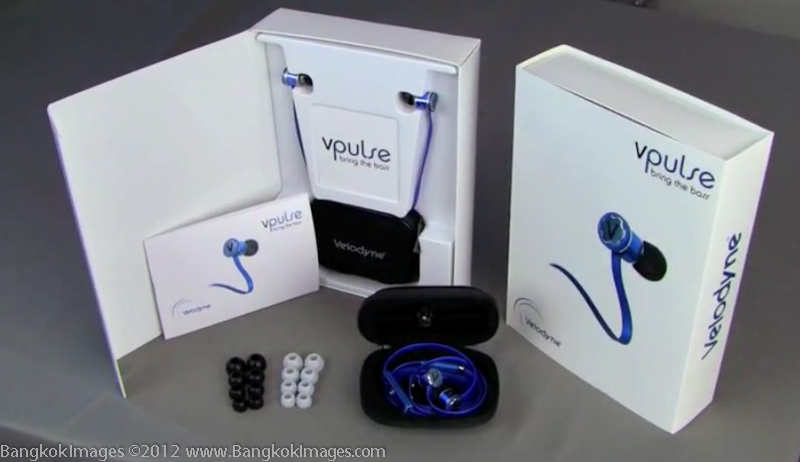
To listen to this music of this high quality I’ve had to wait for my family to all be out of the house, I’ll shut the doors and windows to help not bother the neighbors too much, I’ll get out my favorite SACD’s, and enjoy some music time to myself. And while it’s nice to have the stereo equipment and speakers to do this, these alone times don’t happen nearly often enough. Now things have changed. Now I can be virtually anywhere, and with the help of my Velodyne vPulse In-Ear Headphones I can have that level of quality anywhere, anytime. What a gift that is!
The flat cords took some getting used to visually, but they really don’t tangle and they’re demonstrably strong. The volume control is great, but I’m so used to using my 4th generation ipod I don’t remember it’s there most of the time. I abuse the heck out of the cables and haven’t had any issues.
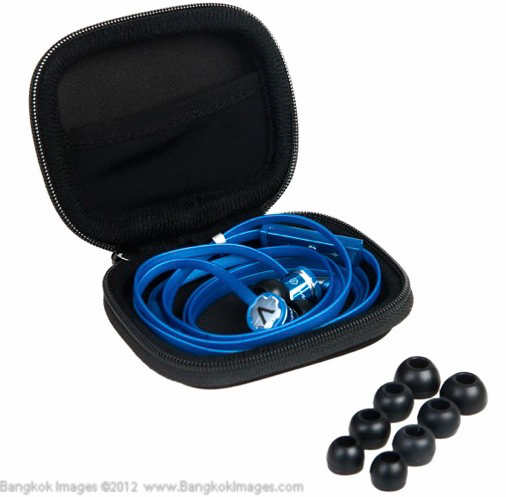
The Velodyne vPulse In-Ear Headphones can be found at this website for a retail price of $89.99 which is a steal. For more of a steal, check out Amazon and others for an even better price. At this price the manufacturers of $300-$1000 headphones must be worried. I’ve listened to those too, and I’d rather have the Velodynes.
Every person who has tried the Velodynes has had the same reaction. It looks like they were hit by a taser, they stop responding and kinda shake all over, and a few minutes later they come around with that big grin. These are game changers.
Camera Categories *menu
With so many new cameras on the market we're often hard pressed to place them in a category we understand, and if they don't fit any category they deserve a new category of their own.
You could write a book about all the different camera types and what makes them fit the category, so I'll stick to several of the types we're most familiar, especially where they tend to be confusing and mistakenly identified. There are many I won't list either because they're specific to professional photographers or because they're no longer made and aren't really germane to the average amateurs needs.
SLR – An SLR is easy to identify. SLR stands for Single Lens Reflex and denotes a single lens camera with a reflex viewfinder, which is basically a mirror box that takes the image from it's normal upside down view, and through the use of mirrors turns it right side up again which increases user function. With an SLR you're looking 'through' the lens at your subject. The term SLR's were coined back when we only had film cameras. 35mm (36x24mm) SLR's were the most popular, but the Pentax 6x7cm SLR was also popular with professionals. SLR's are best known for their interchangeable lenses (though plenty were made with fixed lenses), quick focusing, and fast frame rate.

DSLR – This is the same as an SLR but uses a digital sensor. There are many DSLR's on the market and books have been written on the different types. The most popular sensor sizes are APS-C (1.5x (23.6×15.7mm) and 1.6x (22.2×14.8mm)), full frame, and now the new Leica S2 with an even bigger sensor (30x45mm).


Rangefinder – A rangefinder is most easily identified with Leica, but was in fact a popular camera type made by many manufacturers. It's called a rangefinder because the viewfinder has an actual rangefinder function which aids focusing. As you look through the viewfinder you'll see two images, as you focus the camera the images will come together, one on top of the other, and when perfectly matched the camera is in focus and you can read the 'range' or what we know as ‘focal distance' whichyou can read about here. This is different than focal length explained in this article.

If the camera doesn't sport a 'rangefinder' then it is not a "rangefinder", which is important because a new genre of cameras (mirrorless) are purposely designed to take advantage of the rangefinders popular legacy appearance which they think will sell more cameras. Rangefinders of the Leica genre are best known for their rugged go anywhere durability and precision engineering and before SLR's became available were even more popular. Today they're popular with those who want a high quality reasonably sized travel camera and a host of extremely high quality lenses are available from several manufacturers. Rangefinders have traditionally been film 35mm (36x24mm), but the Leica M8 (23.6×15.7) and M9 (36x24mm) digital rangefinders are available and have been met with mixed feelings.
Compacts – There are hundreds of current models available, and maybe a thousand more you can find which aren't current. The proliferation of digital compacts started in 1997-8 and hasn't abated since. Several times a year manufacturers release dozens of new models trying to sell more than the other guy. The compact genre has spawned several sub-genres such as superzoom compacts, pocket compacts, bridge compacts, and more. These typically have very small sensors and limited image quality, but their small size and easy to use user interface coupled with their cheap prices have made them the go-to camera for the average camera user for over the last decade. Recently though, the compact cameras reign has been challenged by an unexpected newcomer, the camera phone. Sensor sizes for compacts range from smaller than 1/2.5" through 1/1.7". Not very big.
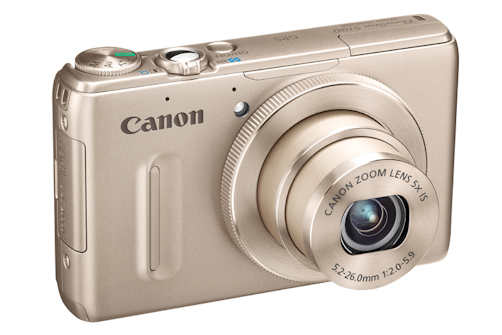
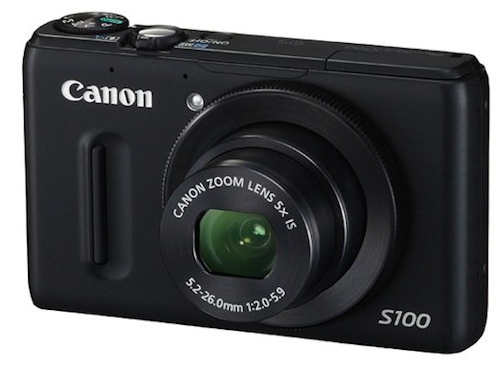
Camera Phone – Virtually every phone on the market today has some form of a camera phone, and many have video cameras. These used to be of marginal quality, but lately the iphone specifically and many of the newer smart phones are coming with quite capable cameras. Many would be surprised with how nice the images from an iphone are. Industry insiders predict camera phones will supplant the compact camera sooner rather than later. This makes sense, all a compact camera user really wants is a decent snapshot. This can easily be done with a quality phone camera. Camera phones have compact camera size sensors.

Mirrorless – This is the elephant in the room, the new camera genre which bridges compacts and DSLR's. On the most basic level a camera is classified as "mirrorless" if there are no mirrors involved in the cameras viewfinder or live finder system. Some are designed as "compact system cameras" which like a SLR/DSLR could have different lenses, flashes, and other system orientated accessories. CSC cameras are the most popular of the mirrorless genre. Removal of the mirrors allow the camera to be much smaller by placing the lens much closer to the sensor. Popular mirrorless sensor sizes are Micro 4/3's (17.3x13mm) and APC-S (23.6×15.7), but some new sizes are coming down the pike soon like the Canon G1X (18.7x14mm). Mirrorless cameras are now firmly entrenched in the market and gaining a larger and larger market share. Users like the smallish size and great image quality made possible with the large sensors. Mirrorless cameras were exactly what the doctor ordered for a huge number of amateurs straddling the DSLR/Compact camera fence. Most recently the Canon G1x with a industry first for mirrorless cameras, a fixed zoom lens, and the soon to hit the shelves Fuji xPro1 with its hybrid viewfinder and interchangeable lenses promise to be the hottest mirrorless models of 2012. Look for them.
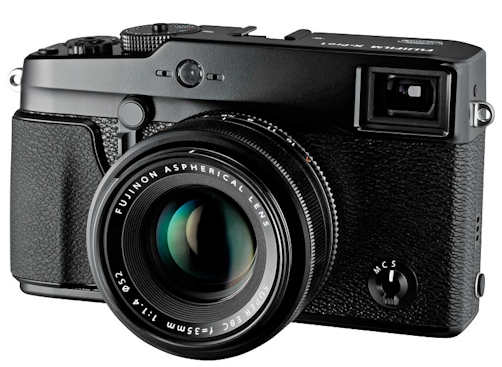

In Summary – a camera falls into a "category" by specific features such as the type of viewfinder, sensor/film type, arrangement of lenses, the focusing type (rangefinder, autofocus, ground glass, reflex focusing, etc), and less often by metering type. As new camera types are released on the market it's natural to try and assign them to existing categories based on looks or specific function, but we need to be careful to understand the functional differences so as to get the most out of the camera.
Photography News of Interest *menu
Alex Morgan, the US Goal Keeper from the US National Team poses in body paint. What this does for the imagination is surreal.
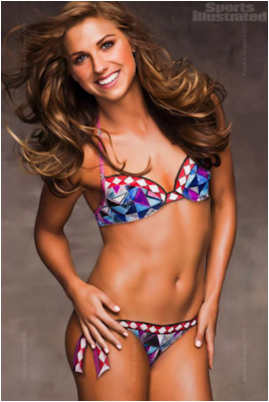
Strange and unusual engagement pictures. I had fun looking through this gallery and seeing what the imagination is capable of.
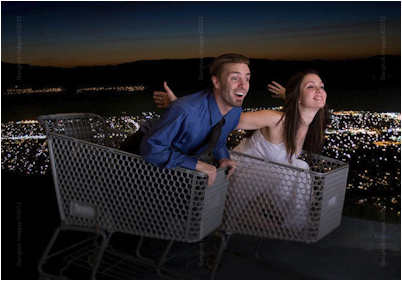
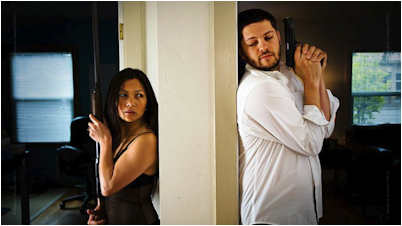
Discovered: the mini-Meleon, the smallest reptile on the planet. These images had a significant impact on me, the wonders of the world never fail to impress. Spend a few moments studying these images and you’ll need to pick your jaw up off the floor when finished.
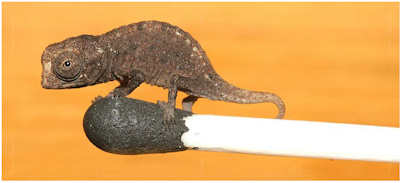


Altering photos in the pre-digital age. This gallery is a lot of fun! Photographers have always been creative and this shows it in spades.

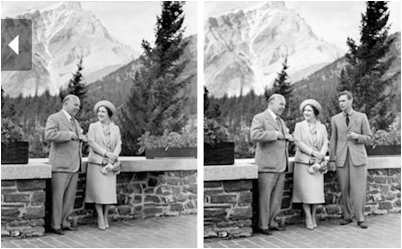
Readers Submissions *menu
Steve:
Hope all is well with you in the middle of winter. Here in sunny California its been "spring" all winter. Last year we had 12 feet of snow at the house in Truckee. This year less than a foot.
We are returning to the Land of Smiles for the month of March, to see family and a few doctor visits.
A few questions:
- Last year you ran an article on the Parrot reserve, breeding area in Thailand.
- Is it open to the public for a visit and photos? If so would you please advise contact information so we could schedule a visit.
- I have been looking at another telephoto lens for the wife's D5100. She has the Nikon 71-300 mm and I think we would both enjoy playing with the Tamron AF 200-500mm f/5.0-6.3 Di LD SP FEC (IF) Lens for Nikon Digital SLR Cameras.
- Do you have any experience with this brand and advise on wheather or not to purchase this lens? It of course is 1/2 the price of a Nikon lens and recommended buy the local photo store.
- Been doing a lot of bird and other critters photography recently. I found that by using the manual mode on the Sony and/or Nikon we get the best overall results. Settings of ISO 200, f8 or f9, and shutter speeds between 200 and 300 seem to produce the best pictures. Catching birds in flight is another story for a later time. I am always in the wrong place at the wrong time when they take to flight. I have a lot of blurry butt shots.
- My use of Lightroom 4 beta has given some improvement in my post picture results. I find that the by using the "highlight, shadows, clarity, and sharpening" sliders my photos are what I would expect. I was gong thru each picture, 200-300 per session, and playing with them but have learned to pick the top 20 and concentrate on those.
Any help, advise or suggestions would be greatly appreciated.
Rickster








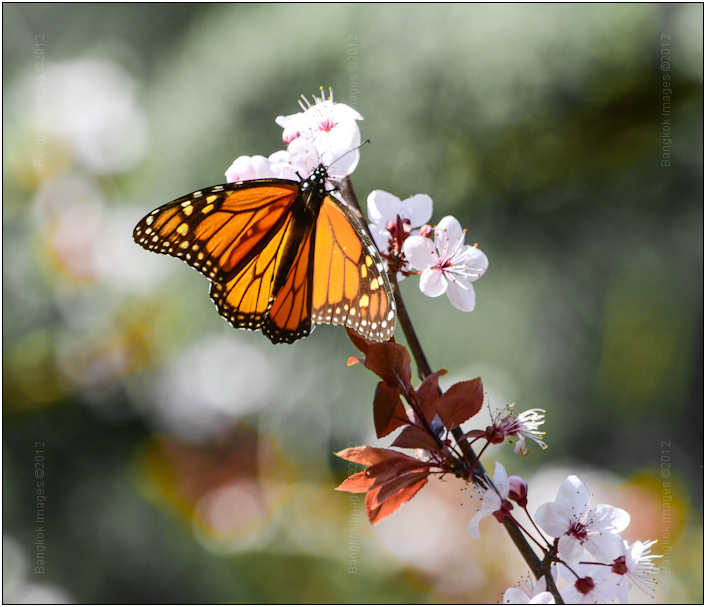
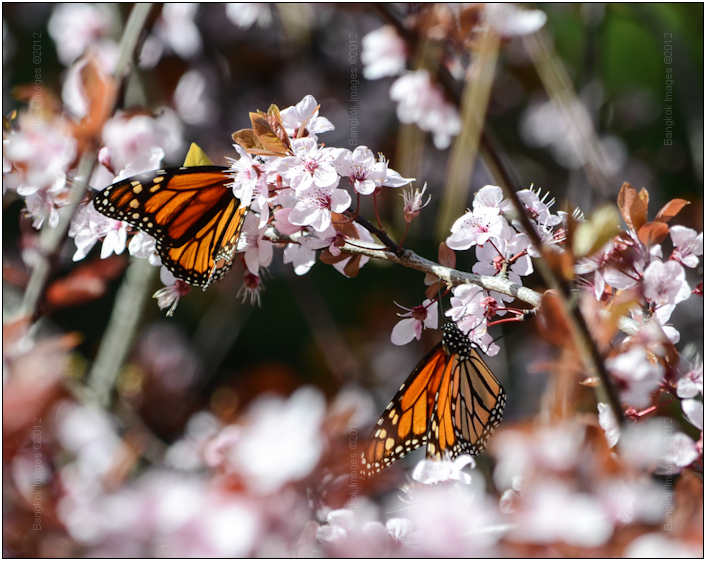
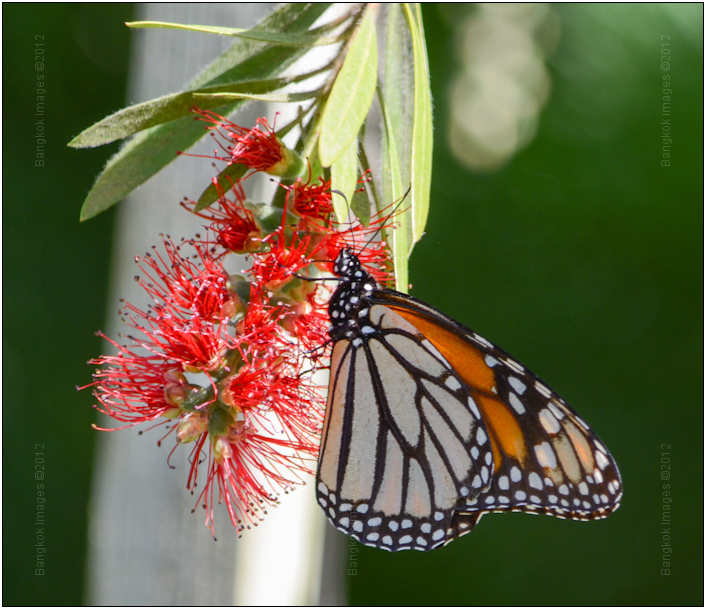
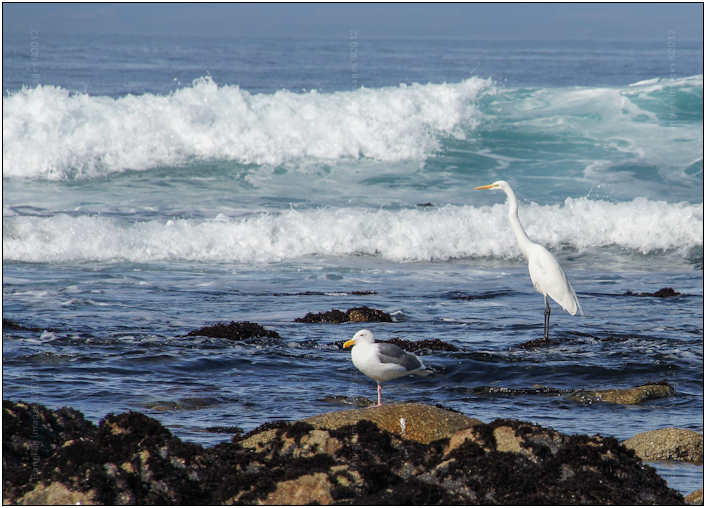
Rickster –
Someone is learning critical focus.. J
To answer your questions in the order received:
- Yes it is. I’m sure there. A contact there is Ms. Nattaya.. a very nice lady and was really helpful. Parrot_palm@yahoo.co.th Also their website:
- Yes.. I’d stay away from Tamron. If I had to get a third party lens it would be the new version of the Sigma 50-500mm.. but keep in mind, without a high dollar support system (tripod and ballhead and L-brackets, etc) you won’t be able to get sharp images at the higher focal lengths. It’s just too much magnification even if the lens was a first rate lens. I think your local photo store has a good markup on the Tamrons.. Think about a Nikon 300mm F4.. about a $1000 and I wouldn’t hesitate to get a good used one. It’s small enough to travel with (unlike the big 2.8 version) and used properly you’ll get outstanding images.
- Yes, controlling your aperture and shutter speed is almost always the way to go. Ideally, a lens is at it’s sharpest from F8-F11, and you want a shutter speed of the reciprocal of the focal length.. i.e. 300mm should be at least 1/300th. Keep in mind that depending on skill and support system that number goes up/down. But it’s a good general rule. LOL, learning to anticipate wildlife movement is a separate skill altogether.
- Do you know you can do the processing from one picture in a series of like pictures, and then copy & paste those settings to all the other like pictures? It helps speed things up a lot. But yes, I think going through your days images, saving the best ones to the “quick collection” and then editing only those is the way to go. Once done, save them in a custom collection.
Steve
I’d like to mention that everyone, myself included, is really enjoying the current trend of readers submissions. Everyone loves them, but remember we can really use more. I have only another week’s worth in my queue, so please take the time to put together a few images and words if you can and send them in. Thank you. info@BangkokImages.com
Readers Questions *menu
Dear Sirs,
Having read the post re the above lens I am trying to get an opinion as to the ability of this lens to produce top quality A2 prints at all focal lengths when used on a Sony NEX 7 camera. Your views would be greatly appreciated.
Many thanks
Yours
John B
Hi John –
Nice to hear from you. The Sony 18-200 lens is very capable, on par optically with the 18-200 from Nikon for their DSLR's. Sometimes I think it's as good as the current crop of 70-200's but there's areas where a 70-200 is just too different to make the comparison.
I would say if you do your job then you'll find the 18-200 E lens will easily do what you want. Remember, 200mm on a 1.5x crop frame camera is 300mm.. and using 300mm isn't something most are used to doing.
Knowing how to get clear images at 300mm is a real skill and you shouldn't expect to just mount the lens on the body and start taking great pictures at the longer focal lengths. You'll need to develop bracing skills, how to use a tripod, and more. You'll really need to pay attention to your shutter speeds. So do expect a learning curve if you're not used to using this focal length.
I wish you the best.
Steve
Hi Steve,
Many thanks for your detailed response, very helpful, I will buy one in the next couple of weeks. The NEX system seems superb so this lens would be a good addition, thanks again.
John B
John –
Share some images as you learn your new lens. Good luck.
Steve
Hi Steve,
Just to let you know that I have just purchased a Sony NEX 7 body and a 18-200 lens but only just done a few test shots.
The one question that you may be able to help with is:- is there any method of supporting the lens and camera other than by the tripod screw socket in the base of the camera?
It would seem to place a tremendous pressure on the camera base, is there a tripod collar that would fit around the lens?
many thanks for your time if you are able to comment.
Best wishes
John
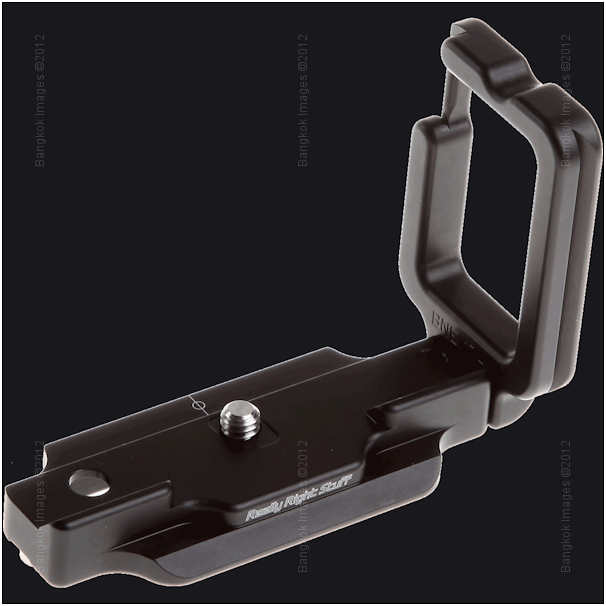
John –
What you want is from Really Right Stuff and you can find it here by clicking on this link.
Good Luck
Steve
Steve have a question concerning the use of Lightroom 3.5.
I have been running both LR 3 and beta 4 on my desktop for sometime. All is fine.
I recently loaded both programs on my laptop and they both work fine, except for one issue.
When using the desk top and I import "photos and videos" from a folder into LR the files stay in the folder for use later.
On the laptop when photos are imported into LR the folder is then left empty.
I have checked every setting in Lightroom with due diligence at least twice with no luck in finding the answer.
So then the big question is why???? The picture files are kept in the folders on the DP but not on the LT.
I am sure glad the problems of the world are less important to me than this issue with Lightroom. LOL
Rickster
Rick, open the example I attached. See the red circled area? You have three choices.

Copy: Copy from the current disc/drive/flashcard and put a copy in your LR catalog but leave the original files in place.
Move: Move the files from, the current disc/drive/flashcard and put them in your LR catalog and remove the original files from their original location.
Add: Add files to the LR catalog from their current location and leave them there, this is now the new LR catalog location.
Does this answer your question?
Steve
Please submit your questions to info@BangkokImages.com All questions will be answered and most will show up in the weekly column.
A Snapshot of Bangkok Images Month in Review *menu

This last month I built and shipped four purpose built computer workstations to Thailand. One was a purpose build for imaging, another purpose build for editing and rendering video, and two were built specifically for day trading with 6-12 monitor outputs.
If you haven't read the computer section of our website you might find it an interesting read. We started out slow, but we're
shipping more computers every month. Some of our builds have been put in an article format, a small foot print high power build here,
a day trading setup for 12 monitors here, and many computer component reviews here.

I only build the best quality workstations sourced from the best components available. The CPU, RAM, motherboard, power supply, SSD's, RAID's, every component is sourced with your specific need a priority. Once the components arrive your workstation
is carefully built and then 'burned in' on the bench, ran at 100% load for 48-72 hours and every function is checked including resume from sleep, network controls, everything. This is akin
to a bespoke suit. You're not getting a machine off the shelf designed to fit a wide variety of people, instead you are getting a totally custom designed and spec'd workstation designed to fit your specific needs without overbuying if
you don't need it, while buying the right components for your application, and ensuring everything works together.

Once built the machine is tested, packed and shipped to Thailand for a less overall cost than if you built it yourself in Thailand. We can do this because of the component costs in the USA as compared to Thailand, and deeply discounted shipping. Some
parts of the system, monitors, UPS devices, keyboards and mice are better purchased in Thailand and we help you source these parts by putting you in contact with the right businesses who can deliver these parts to your home or business. This is
a great service. If you have questions email me at info@bangkokimages.com and I'll answer your questions.


The Midwest is very flat. My university student son who came from Hawaii and my wife and I who came from Bangkok, find the Midwest less than exciting. But it does have a great engineering university here which my son is taking advantage of.
I should have the website for the band finished in time to show you in the next column, we continue with some interesting reviews, and immersing ourselves in the local photography market.
We’re still looking at being back in Bangkok in the third week of June. Shoot me an email if you’re interested in a workshop or other photographic services.
Infocus Blog, Thailand Photo Stories by Dana *menu
Photographic Memories
I'm not a frequent picture taker. I don't have interesting stories to tell about the pictures I have taken. I do not read photography magazines. And I can not keep up when two camera enthusiasts are talking to each other. However, I do have
some photography memories. When I grew up in the suburb of Needham, Massachusetts in the United States many years ago (50's & 60's) the neighbors on either side of us had live-in servants. The doctor and his family on one side of
us had a servant lady named Nettie. The British Empire family on the other side of our house had a servant lady named Edith. The two servant women would meet every day in the middle, in my mother's kitchen: to smoke cigarettes and to gossip
and to laugh. Three things not allowed in their master's homes.

The British Empire family was the Brooks family. Mr. and Mrs. Brooks had gotten married in England in 1919. Mr. Brooks was thirty-six years old and his wife, Mrs. Brooks, was sixteen years old. Edith, the servant, was fourteen years old. Where did she
come from? Edith, at age fourteen, was given to Mrs. Brooks, aged sixteen, as a wedding gift. Edith was a Scotish foundling with no rights. She stayed with the family, who had four children, for life. Probably the greatest wedding gift in history.

Edith had two hobbies, mountain climbing and photography. Every year she would take a six week vacation to some mountains: Yellowstone, the Alps, Africa, etc. and every year she would return with hundreds of pictures. She loved 35mm cameras and she preferred
slides. Peek in her small servant's room and you could see a warehouse of boxes of slides, slide projectors, and projection screens.

Every year after she returned from her annual vacation there would be a slide show in the Brooks house living room. Her best friend Nettie, the live-in servant of the doctor's family two houses down was never invited. Mr. and Mrs. Brooks, Mr. and
Mrs. British Empire, did not think Nettie was the right sort of person to be in their house. Anyway, I was a child and remember wonderful big pictures on the screen of faraway places. Not just record shots but beautifully composed, artfully presented
images. Edith was a skilled photographer. Many close up pictures of mountain flowers. A close-up picture of a small mountain flower is an exercise in art. Projecting it onto a big screen in a dark room is an exercise in spectacle.
I never became a picture taker myself but I never forgot the beauty and the fun of those slide shows. To this day I can not get interested in anything other than slides shown on a projection screen. Digital cameras? Transferring pics (hate that word)
to a computer? Pictures in scrapbooks? Just not me. I believe that many years ago in that dark livingroom at the Brooks house I mainlined the best that photography can offer. I would like to return to those wonderful slide shows where a woman
who was treated like chattel showed her independence, her artistic mind's eye, and her lifetime of dreams in boxes of slides.
I'm not a frequent picture taker, but I have photographic memories.




